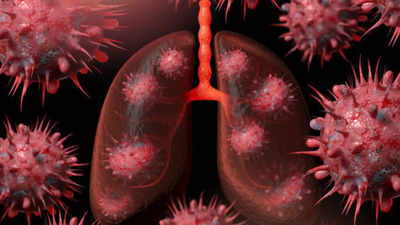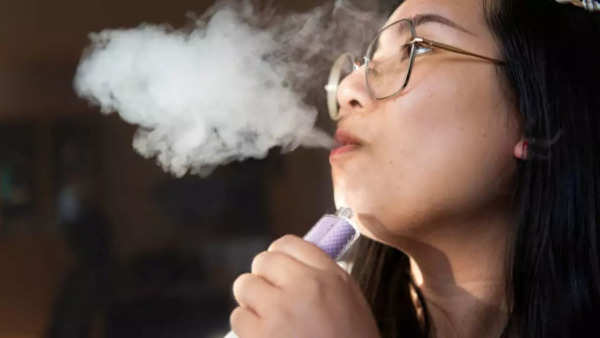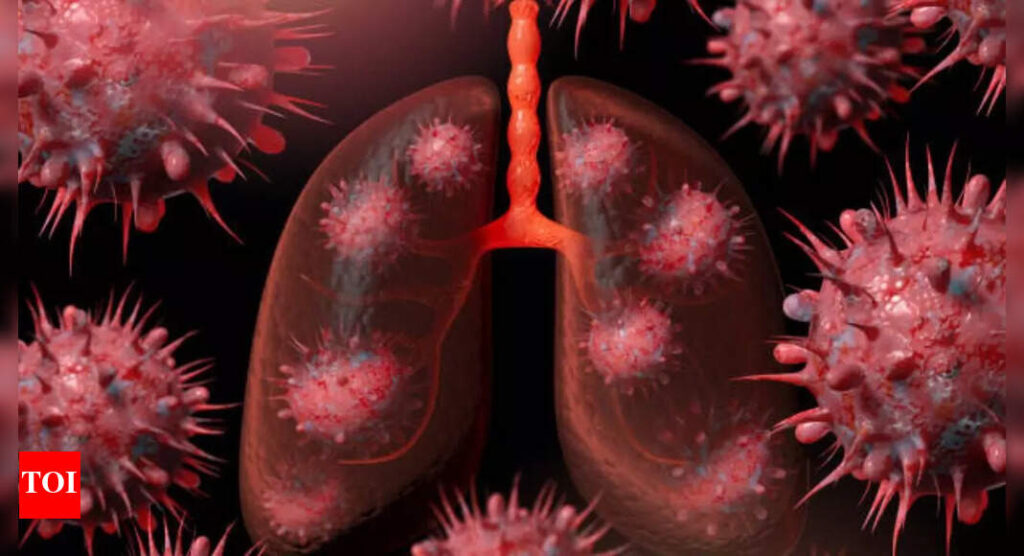
It seems the side effects of vaping are finally becoming clear to American teens as they are getting diagnosed with progressive chronic diseases such as popcorn lung. Brianne Cullen, a 17-year-old teen in Nevada recently called her mother from her cheerleading practice to inform her of her inability to breathe.
Cullen was led to the hospital and diagnosed with bronchiolitis obliterans, also known as popcorn lung, from vaping in secret for three years. “It took a deadly diagnosis for her to stop,” said Cullen’s mom. She also revealed to The Daily Mail that Cullen began vaping at the age of 14 in order to handle the anxiety of returning to school after the long COVID-19 lockdown.
What is popcorn lung?

Image credits: Getty Images
According to the American Lung Association, popcorn lung is a rare, chronic disease. It is known so as it was first discovered in microwave popcorn plant workers who developed the disease from breathing in diacetyl, an artificial flavouring. However, to Cullen, the disease may have been caused by acetaldehyde found in the vape smoke, as per ALA.
Popcorn lung causes shortness of breath, wheezing, fatigue and more. Cullen’s mother pointed out that while her daughter’s prognosis is good “because we caught it so early,” it can also “cause problems like cancer in the future…popcorn lung is irreversible.”
As of now, Cullen is using an inhaler to regulate her breathing.
How is popcorn lung caused?
Bronchiolitis obliterans or popcorn is a serious and irreversible lung disease. It can be caused by the diacetyl found in many e-cigarette or vape flavours. It is usually added to complement flavours such as vanilla, maple, coconut and more. As per ALA, researchers at Harvard found that 39 of 51 e-cigarette brands contained diacetyl.
What happens in popcorn lung?

Image credits: Getty Images
The disease is a respiratory condition that affects the bronchioles, the small airways in the lungs. The airways become inflamed, damaged and scarred because of the inhaling of toxic substances causing irreversible damage. Symptoms of the disease include coughing, shortness of breath, wheezing, fatigue, fever, skin rash and more.














